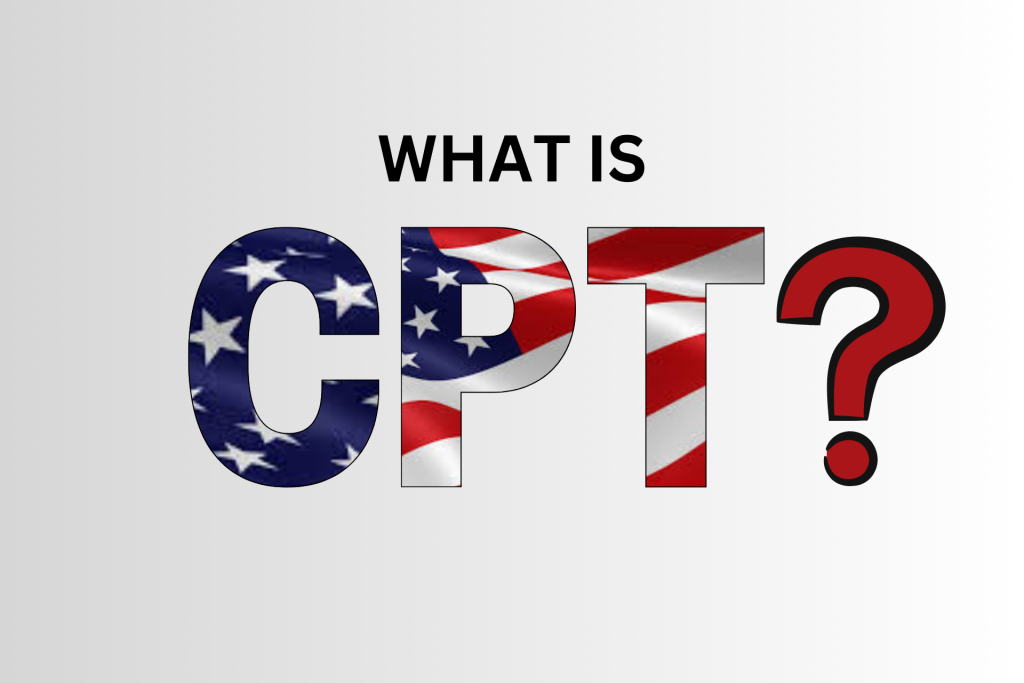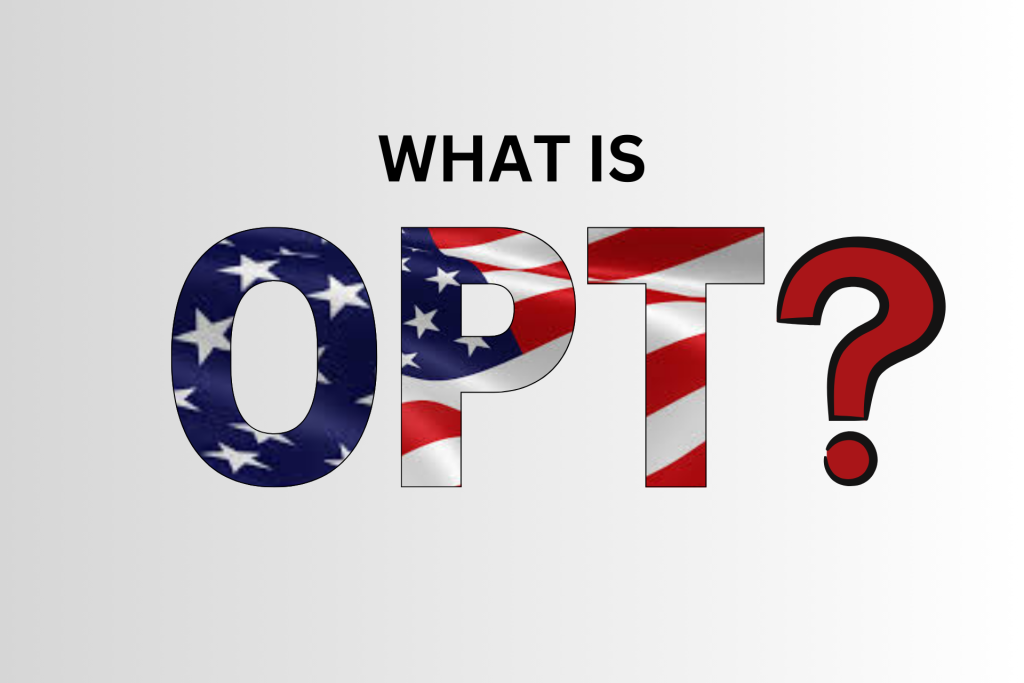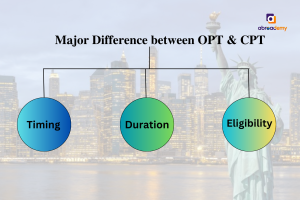Navigating work opportunities in the US as an international student can be daunting but rewarding. These experiences, typically internships or jobs, allow students to apply their classroom knowledge in real-world settings and explore various career fields. Understanding the key differences between Optional Practical Training (OPT) and Curricular Practical Training (CPT) is crucial for making informed decisions.
Table of Contents
ToggleEmployment Authorization Options for International Students
International students studying in the US have various employment authorization options to engage in practical work experiences. These opportunities, often in the form of internships or job placements, allow students to apply theoretical knowledge gained in their academic programs to real-world scenarios.
On-Campus Employment
On-campus employment is a common avenue for international students to work while studying in the US. Under this authorization, students are permitted to work on the premises of their sponsoring educational institution. This employment opportunity is typically available throughout the duration of the student’s program.
What is Curricular Practical Training (CPT)?

Curricular Practical Training (CPT) is a type of employment authorization available to F-1 visa students in the United States. It allows students to engage in practical training programs integral to their academic curriculum and directly related to their major area of study. CPT positions often include internships, practicums, or short-term positions required for degree completion or academic courses.
Eligibility for CPT
To be eligible for CPT, students must meet certain criteria:
- Have a valid F-1 student status.
- Be enrolled full-time in an accredited, SEVP-certified U.S. institution of higher education.
- Have completed one academic year of full-time enrollment before engaging in CPT.
- Obtain a specific job offer that meets the school’s requirements for the relevant course, degree, or cooperative opportunity.
Features of CPT
Key features of CPT include:
- Authorization is granted by the university’s international office.
- CPT can be utilized only during the student’s academic program.
- Students can engage in both part-time (less than 20 hours per week) and full-time (more than 20 hours per week) CPT.
- There is a maximum limit of 12 months of CPT authorization.
What is Optional Practical Training (OPT)?

Optional Practical Training (OPT) is another form of employment authorization available to F-1 visa students in the US. It allows students to gain practical work experience directly related to their major area of study.
Eligibility for OPT
To be eligible for OPT, students must:
- Have a valid F-1 student status.
- Be enrolled full-time in an accredited, SEVP-certified U.S. institution of higher education.
- Have completed one academic year of full-time enrollment before applying for OPT.
Features of OPT
Key features of OPT include:
- OPT can be utilized both during and after the student’s academic program.
- Authorization is recommended by the university’s international office but approved by USCIS.
- Students can apply for a maximum of 12 months of full-time OPT per degree level.
- Post-completion OPT is only available for full-time employment.
OPT STEM Extension
Students with STEM (Science, Technology, Engineering, and Mathematics) majors may be eligible for a 24-month extension of their OPT, known as the OPT STEM Extension. This extension allows for additional work authorization beyond the initial 12-month OPT period.
What is the OPT Cap-Gap Extension?
The OPT Cap-Gap Extension allows students to extend their F-1 visa status beyond the end of their academic program or OPT period if their employer files an H-1B petition for them. This provision allows students to remain in the US during the gap between the end of OPT or OPT STEM work authorization and the start of H-1B status.
What is the Difference Between OPT and CPT?

The main differences between OPT and CPT include:
Timing: OPT is available during or after a program, while CPT is granted only upon program completion.
Duration: OPT can last up to 12 months, with the possibility of extension, while CPT duration cannot exceed 12 months.
Eligibility: OPT requires employment related to the student’s field of study, whereas CPT work must be tied to the student’s degree and may require course credit.
Navigating Experiential Opportunities through Campus Career Centers
For international students seeking employment opportunities in the United States, campus career centers serve as invaluable resources. These centers are dedicated to assisting students in navigating the intricacies of the US job market and providing tailored support to address the unique concerns faced by international students.
Early Outreach and Education
One of the primary functions of campus career centers is to provide early outreach and education to international students. This involves preparing students for the US-style job application process, which may differ significantly from practices in their home countries. Career advisors offer guidance on developing resumes, crafting compelling cover letters, and effectively showcasing one’s skills and experiences to US employers. Additionally, students receive education on cultural nuances and expectations in the US workplace, helping them adapt and thrive in diverse professional environments.
Training on Networking and Building Professional Relationships
Networking is a critical aspect of the job search process in the United States, and campus career centers play a pivotal role in equipping international students with the necessary skills to navigate professional relationships effectively. Career advisors provide training on networking strategies and offer opportunities for students to practice and refine their communication skills. By fostering connections with peers, alumni, and industry professionals, international students can expand their professional network and access valuable job leads and mentorship opportunities.
Preparing Students and Employers for Experiential Opportunities
Campus career centers act as intermediaries between students and potential employers, facilitating meaningful experiential opportunities for international students. Advisors work closely with employers to educate them about the benefits of hiring international students and dispel misconceptions surrounding work authorization and visa requirements. Simultaneously, students receive guidance on understanding their work authorization options and navigating the employment landscape in compliance with immigration regulations. By fostering mutually beneficial relationships between students and employers, career centers play a vital role in bridging the gap between academic training and real-world employment experiences.
Maximising Resources for Career Development
In addition to providing individualised support, campus career centers offer a wide range of resources and services to support the career development of international students. These may include workshops, seminars, and networking events tailored specifically to the needs of international students. Career advisors may also offer assistance in exploring alternative career paths, refining job search strategies, and preparing for interviews. By leveraging these resources, international students can enhance their marketability, broaden their professional horizons, and position themselves for success in the US job market.
Making the Most Out of OPT and CPT Opportunities
OPT and CPT provide valuable opportunities for international students to gain work experience in the US. Students are advised to maximize these opportunities by actively participating in corporate events, professional development activities, and networking opportunities. By leveraging these experiences, students can enhance their skills, build professional networks, and explore potential long-term employment prospects in the US.

